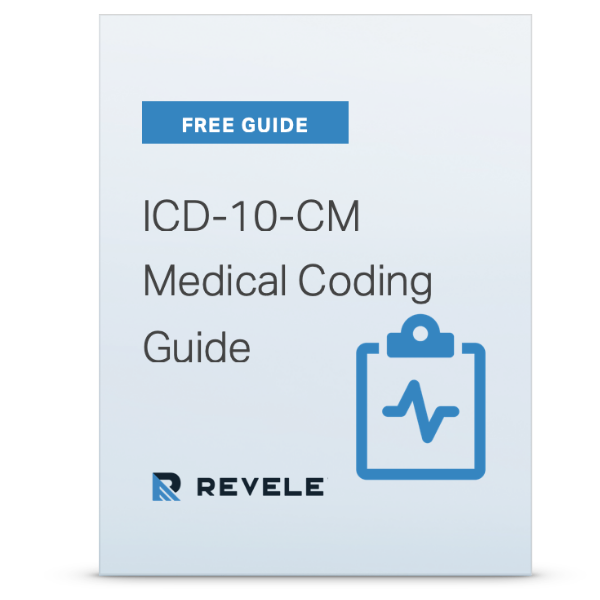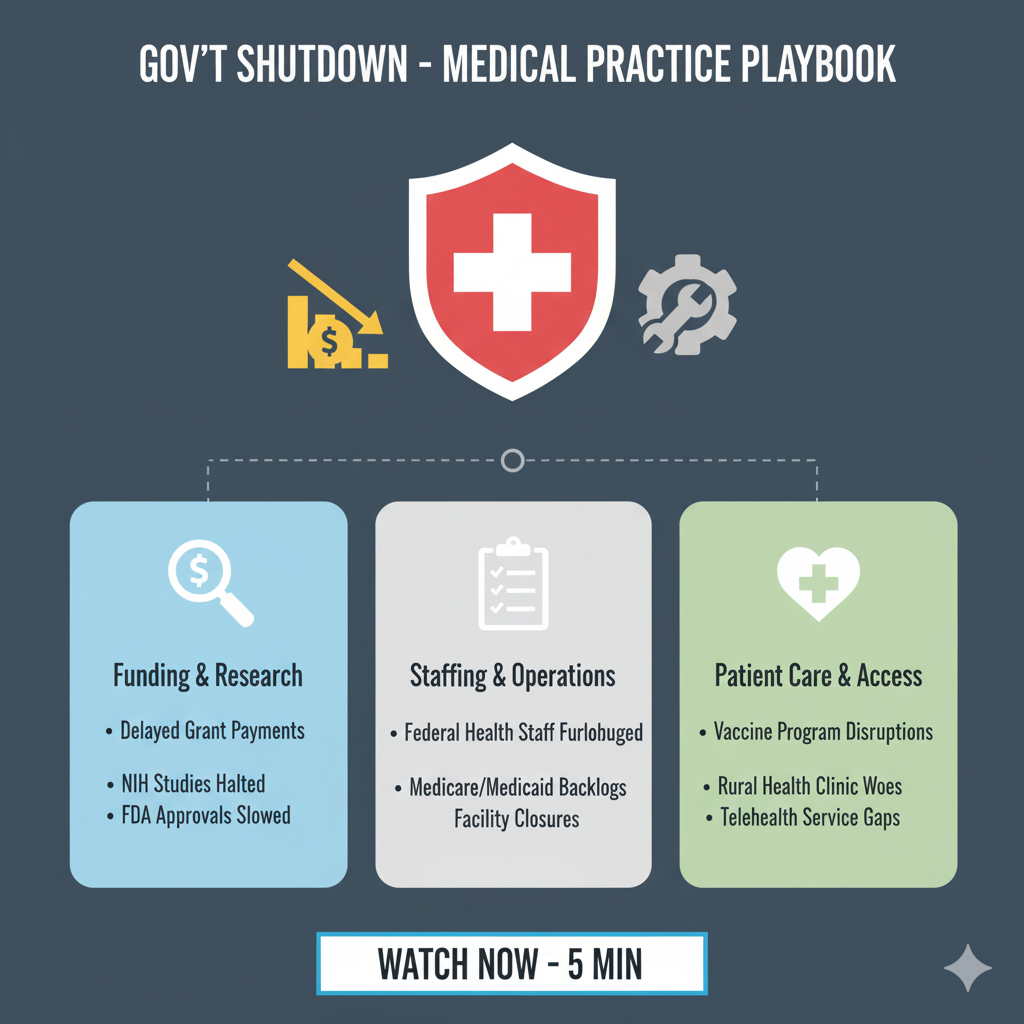The 2015-2016 flu season is here, and that means medical practices must be able to handle an influx of people who want to be vaccinated, as well as a possible surge in patient load should the disease spread significantly in your area. Obviously, you want to minimize malpractice risk year-round, but there are certain things you can do during flu season to help minimize risk then, even if you end up with a higher patient load.
Make Sure Your Staff Gets Vaccinated
The CDC recommends that everyone older than six months get a flu shot, and that includes healthcare workers. In fact, some health systems, like Kaiser Permanente and Hospital Corp. of America (HCA), are requiring employees to either get the flu vaccine or wear a mask. Seventeen states have also enacted some form of immunization law requiring annual flu vaccinations for healthcare workers. In the hospital industry, around two-thirds of hospital employees are vaccinated against flu each year. Doctors have varying opinions about whether flu shots for employees should be mandatory or not, but in general you should encourage your staff to get flu vaccines.
Stamp Out "Presenteeism"
Unfortunately, doctors, nurses, and other healthcare workers are more likely to go to work when sick, but this practice should be discouraged. The nickname for this phenomenon is "presenteeism" (as opposed to absenteeism), and it can cause workers to make more mistakes. Many workers think they're indispensable at work, and put their co-workers at risk in order to appear to be more dedicated. And of course, in a medical practice, sick workers put patients at risk for contracting illnesses like flu, which in some populations can be quite dangerous.
Flu Season Overlaps With Holiday Season
Complicating things is that sometimes flu cases spike over the holidays. Emergency rooms and practices are often busier due to people visiting from out of town becoming sick. The risk here is that a physician treating an out-of-town family member of a patient doesn't determine whether that person has a chronic disease like heart disease or asthma, and so may not take that into account when treating the patient or making recommendations. It's important to take note of any comorbidities and pay attention if a patient's condition worsens to prevent potentially missed or wrong diagnoses.
You Don't Need Lab Results to Prescribe Antivirals
Antiviral drugs oseltamivir and zanamivir can help make flu cases shorter and less severe. They can reduce the likelihood of a flu victim ending up in the hospital with flu complications. But they need to be prescribed right away - ideally within 48 hours of symptom onset. Some practices wait for laboratory tests to confirm flu diagnosis before prescribing antiviral drugs, but this is not necessary and can result in antivirals being under-prescribed when they could provide real help.
Excellent Documentation and Records Are Essential
Careful documentation and management of electronic health records (EHRs) are important every day of the year, but perhaps especially so during flu season. Ensuring that problem lists, histories, and physicals are up-to-date is important, as is asking key questions like how long symptoms have been present, whether a patient has traveled, or has guests visiting from out of town.
As much as possible, clinicians should use the patient's own words in documentation, because this records the fact that the patient was listened to. Documenting phone calls patients make regarding their illnesses to your EHR system is also wise, and you should ensure that any directions given over the phone (such as "Make an appointment," or "Go to the ER") are documented in your EHR as well.








